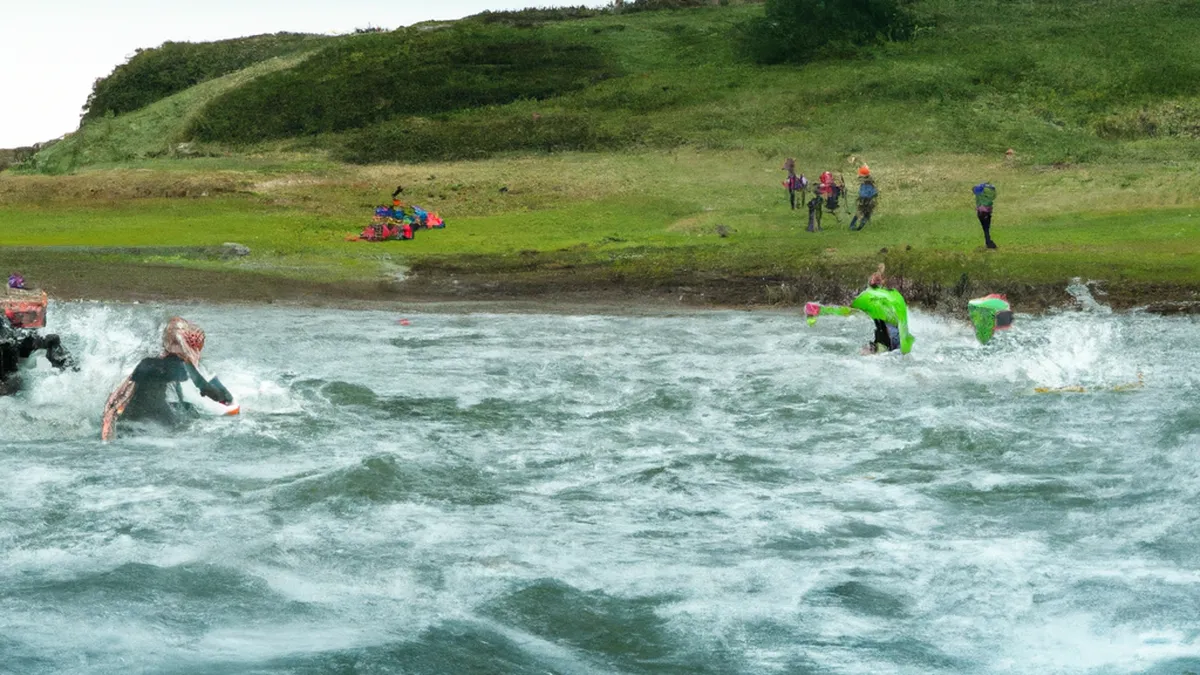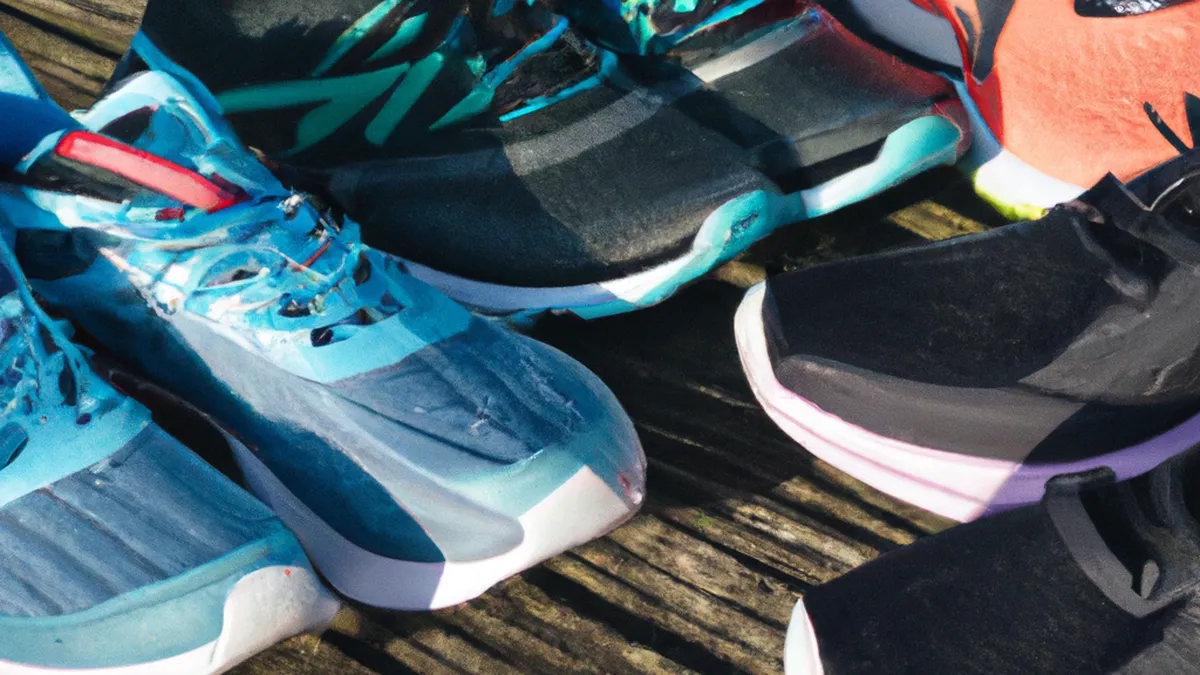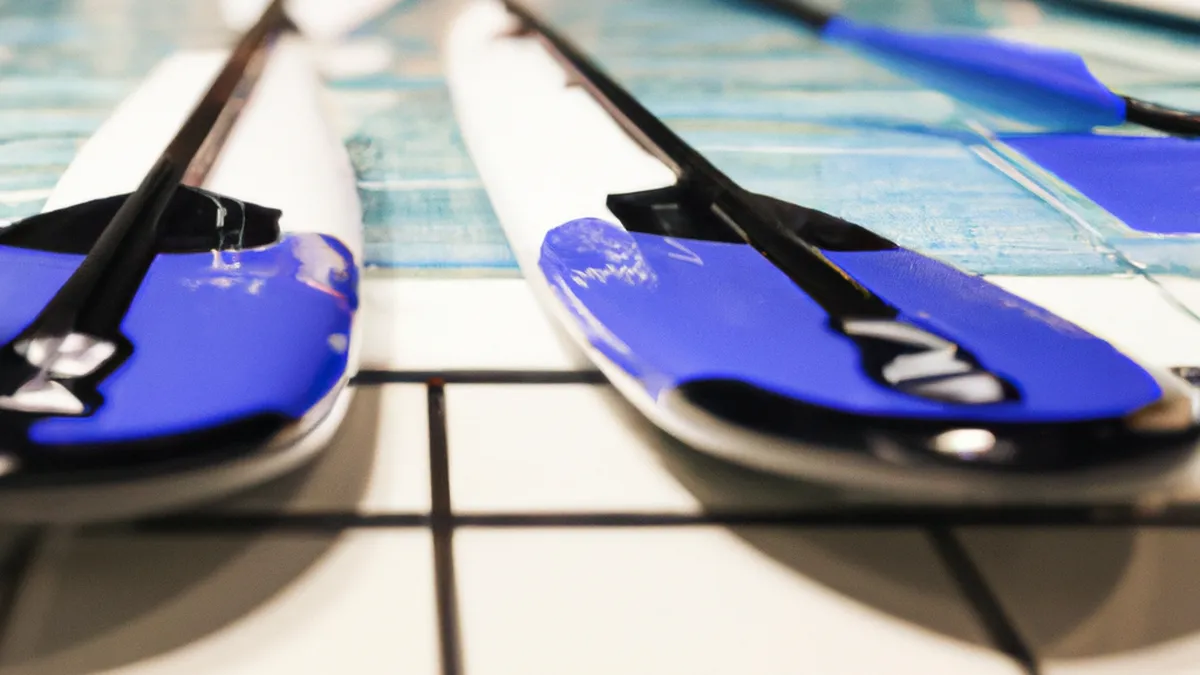Weather-Ready Strategies for Race Day Success
Weather and Environmental Strategy: Adapting to Race Day Conditions
As an Amazon Associate I earn from qualifying purchases.
Gear tip: consider running shoes, gps running watch and hydration vest to support this workout.
Race day excites athletes but presents challenges, especially with unpredictable weather. Whether you run, cycle, or triathlon, a strong strategy helps you adapt to race day conditions. This blog offers strategies to embrace the elements and perform your best in any weather.
Understanding Weather Conditions
Weather can change quickly, especially during race season. Athletes must prepare for scorching heat, sudden rain, wind gusts, or cold temperatures to adapt effectively.
Temperature Management
Temperature significantly impacts performance. Hot weather can cause dehydration and heat exhaustion, while cold conditions increase the risk of hypothermia and muscle stiffness. Monitor the forecast before race day.
**Hot Weather:** Race in high temperatures by wearing lightweight, moisture-wicking fabrics to stay cool. Hydrate extra before and during the race. Electrolyte drinks help replenish lost salts.
**Cold Weather:** In cooler conditions, layer your clothing. Start with a moisture-wicking base layer, add insulating layers, and finish with a windproof, waterproof outer layer. This strategy allows for clothing adjustments during the race.
Rain and Wind Preparedness
Rain creates slippery surfaces and uncomfortable conditions, while wind can hinder your pace and drain energy. Prepare adequately for these elements.
**Rain:** If rain is forecast, wear shoes with good traction to prevent slipping. Use waterproof gear to stay dry. A cap with a brim helps keep rain out of your eyes and improves visibility.
**Wind:** Wind can challenge long-distance events. Position yourself behind stronger runners to benefit from their slipstream. Train in windy conditions to help your body adapt to strong gusts.
Tips for Adapting to Conditions
Preparation is key to successfully adapting to race day conditions. Here are practical tips to ensure readiness:
Hydration is Essential
Staying hydrated is crucial, regardless of weather. In hot weather, drink plenty of water before the race and hydrate at stations during the event. Consider carrying a small hydration pack for longer races.
In colder weather, you may not feel thirsty, but your body still needs fluids. Aim to drink regularly, even if you don’t feel dehydrated, since cold air can lead to dehydration.
Conclusion
In summary, adapt to race day conditions through preparation, hydration, and understanding weather impacts on performance.
Below are related products based on this post:
FAQ
What should I wear for hot weather races?
In hot weather, it’s important to wear lightweight, moisture-wicking fabrics to help keep you cool. Additionally, ensure you hydrate extra before and during the race, and consider using electrolyte drinks to replenish lost salts.
How can I prepare for rain during a race?
If rain is in the forecast, wear shoes with good traction to prevent slipping, and use waterproof gear to stay dry. A cap with a brim can also help keep rain out of your eyes, improving visibility during the race.
Why is hydration important in cold weather?
Even in cold weather, staying hydrated is crucial. You may not feel thirsty, but your body still needs fluids. Aim to drink regularly, as cold air can still lead to dehydration, impacting your performance.















Post Comment